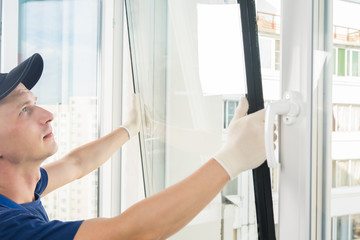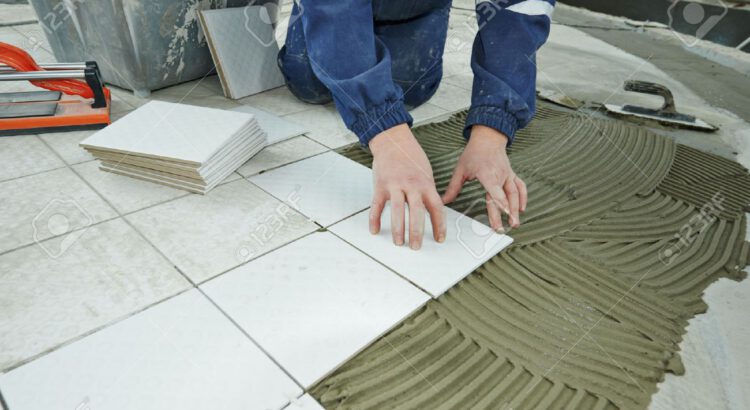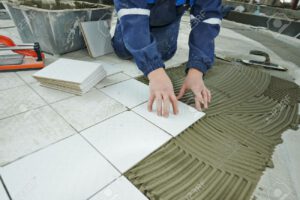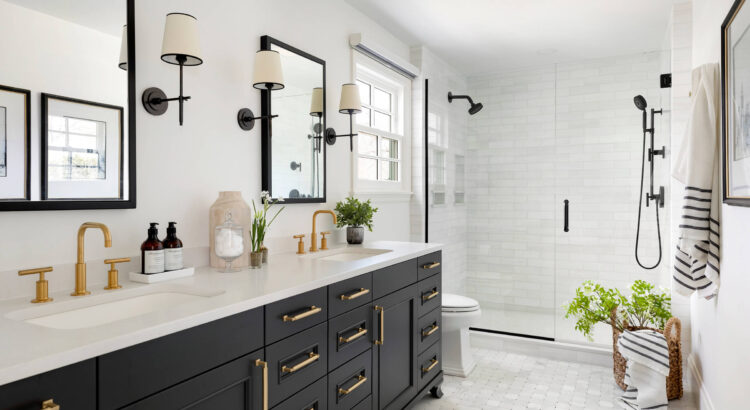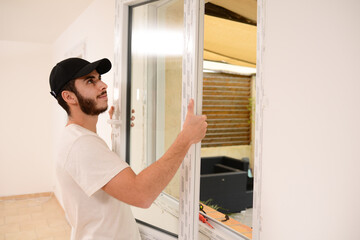If you have old windows that are leaking or letting in the elements, it may be time to consider Window Replacement Cedar Park. The right window will save energy, update your home’s look and provide better acoustic insulation.
To ensure your new window fits properly, be sure to take accurate measurements. Check the measurements at several points to account for any sloping or irregularities in the frame.
Energy efficiency is a major benefit of replacing windows. New windows can help minimize heat loss and prevent overheating in the summertime, reducing energy bills and decreasing energy usage. They also provide better insulation, which helps your heating and cooling systems work less hard to keep your home comfortable. If you choose ENERGY STAR-rated windows, you may qualify for a tax credit.
There are many factors that determine the energy efficiency of replacement windows, including their frame material, glass type, and insulating materials. In addition, the amount of air infiltration can significantly affect a window’s energy efficiency, which is why non-opening replacement windows are often a good choice. They have few operating parts, which reduce the areas where air infiltration could occur.
Efficient windows also have a lower U-factor, which measures how much heat is lost through the glass and frame, as well as a lower Solar Heat Gain Coefficient (SHGC), which minimizes how much sunlight enters a home. A combination of these features reduces a home’s energy consumption and provides comfort all year round.
Another advantage of efficient windows is that they can protect a home from harmful ultraviolet rays, which are known to cause fading and damage to furniture, carpets, and artwork. This can add to the longevity of a home’s interior decor and increase the value of a property.
When shopping for replacement windows, be sure to look for the ENERGY STAR label and a low U-factor and SHGC rating. The ENERGY STAR website has a tool that can help you find windows that are optimized for your climate.
The cost of energy efficient windows varies depending on the size, style, and frame material you select. Vinyl frames are the cheapest, while high-end materials like clad wood or fiberglass can cost more. Additional energy-saving upgrades such as low-E coatings or gas fill can also increase the price. To get a clear idea of what your replacement windows will cost, schedule an in-home consultation with a trusted contractor. They can provide an accurate estimate based on your unique project requirements.
Increased Value
A home that has new windows will be more valuable to you and any future buyers if you decide to sell it. The benefits that come with window replacement include reduced energy bills, enhanced indoor comfort, a safer and more beautiful home, a reduction in noise levels, and better light penetration for a healthier living environment.
A new set of windows will also help your home stand out from the rest on the market. Potential buyers will be impressed by the appearance of a house with new, high-quality windows, and will be willing to pay more for it.
If you are considering window replacement, you should keep in mind that it may be cheaper to replace the glass than the frame and sash. This is especially true if your current windows have a number of issues that would make them unfit for continued use, such as cracked windowpanes, condensation between the window panes, or rotting frames and sashes. Additionally, if your windows are single-pane or have poor insulation properties, they are probably candidates for complete replacement.
New window replacements typically provide improved energy efficiency and a better overall fit than old windows, and some are even ENERGY STAR® certified to reduce energy costs even more. In addition, some new windows are designed to lock tightly and prevent air leakage, making them a safer and more secure choice than older styles.
Some window manufacturers offer special offers or end-of-year promotions to encourage homeowners to upgrade to their products, such as a free window with the purchase of a door. These discounts can help make the project more affordable, enhancing its value and improving your return on investment.
Other improvements that may increase your home’s resale value include kitchen upgrades, bath remodeling, and exterior painting. But before you invest in any of these projects, it is always a good idea to consult with a real estate agent and discuss your goals. This will help you determine which home improvement projects are likely to add value or speed up the sale, and which ones are unlikely to do so.
Increased Comfort
Window replacement is a major investment, but it offers many long-term comfort benefits that help to improve occupant satisfaction and reduce utility bills. When windows begin to wear out, they often develop drafts and leaks that can cause discomfort and increase energy bills. New windows, on the other hand, are designed with advanced materials and seals that help to insulate the home and block out outside noise. This makes them an essential upgrade for multifamily buildings that are located in noisy areas or near busy highways.
Window replacement also helps to enhance the ambiance and overall comfort of a home by providing more natural light. Older windows are more likely to be single-paned and less insulated than newer models, which can limit the amount of sunlight that enters the living space. Newer windows, on the other hand, can be designed with multiple glazing options that allow homeowners to control how much sunlight they want to let in. Many of these products come with low-E glass that protects interior furniture, flooring, and artwork from the sun’s harmful UV rays while still allowing the sunlight to shine through.
Aside from reducing outdoor noise, newer windows can be designed to block out unwanted noise from within the home. This can be a significant benefit for residents who live in noisy areas, as it can make it easier to relax and sleep soundly.
Another benefit that homeowners can expect from window replacement is improved security. Older windows are more likely to have shaky locks and weakened sashes, which can be easier for intruders to force open. Newer windows, on the other hand, are typically built with stronger frames and advanced locking mechanisms that can provide a layer of protection for the home and its occupants.
For these reasons, window replacement should be a priority for all multifamily building owners who want to improve their occupants’ comfort and boost the property value. Investing in this energy-efficient upgrade can pay off when it comes time to sell, as potential buyers are willing to pay a premium for homes with new, efficient windows.
Reduced Maintenance
If your windows have cracked glass, rotting frames or sashes, or aren’t operational, you need to replace them. Such issues can result in increased energy costs, humidity problems and pest infestations. Replacing old windows with new, modern models can make your home more comfortable and increase its resale value.
Newer windows are also more secure, as they have better locks that prevent intruders from entering your home. You will also enjoy a more attractive appearance and improved curb appeal.
One of the most obvious benefits of window replacement is reduced maintenance and repair costs. Old windows require frequent repairs to fix broken panes, shaky lock mechanisms or to deal with water damage caused by leaks. By replacing them with newer models, you will reduce the need for future maintenance and repairs.
Moreover, the increased insulation of newer windows means that you will use less heating and cooling in your home. This will not only lower your utility bills, but it will help conserve energy and reduce greenhouse gas emissions.
In addition, many window replacement companies offer special end-of-year promotions and discounts, making the project more affordable. Some are even eligible for financial assistance, allowing low-income homeowners to upgrade their homes and improve their living conditions.
A key consideration when choosing a window replacement company is whether or not it is licensed and insured. An insured, bonded and licensed window replacement company will ensure that all work is carried out to the highest standards. They will also have an extensive range of options that can be matched to your home’s style and architecture.
Window replacement may seem like a large undertaking, but it is not nearly as difficult as you might think. You can even find options that will fit your existing frame without removing it from the wall. This type of installation is known as retrofit or insert installation, and it is a much less expensive option than full-frame window replacement. In addition, it can be completed in as little as two days. This makes the project more affordable, and you can get back to your everyday routine much sooner.
